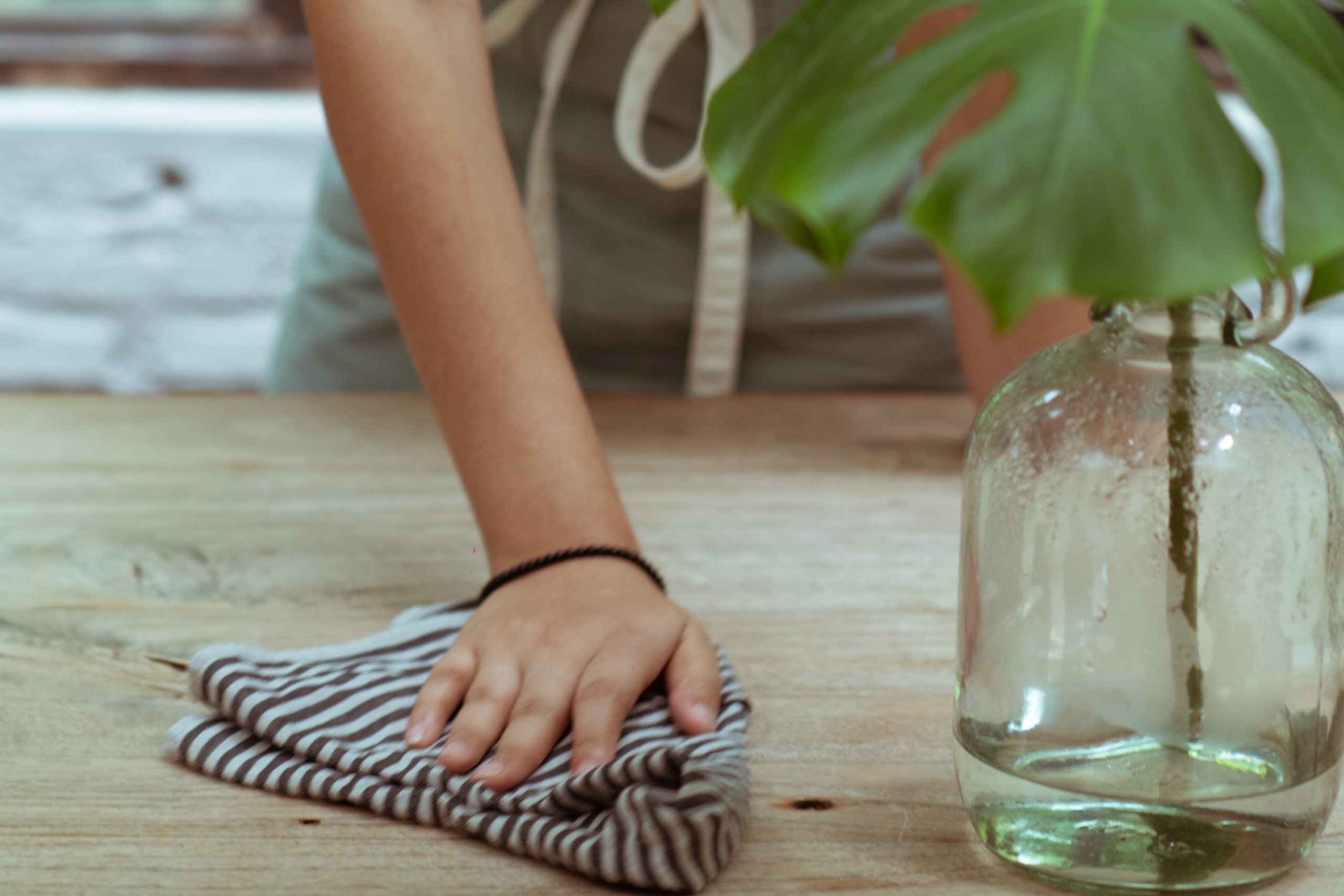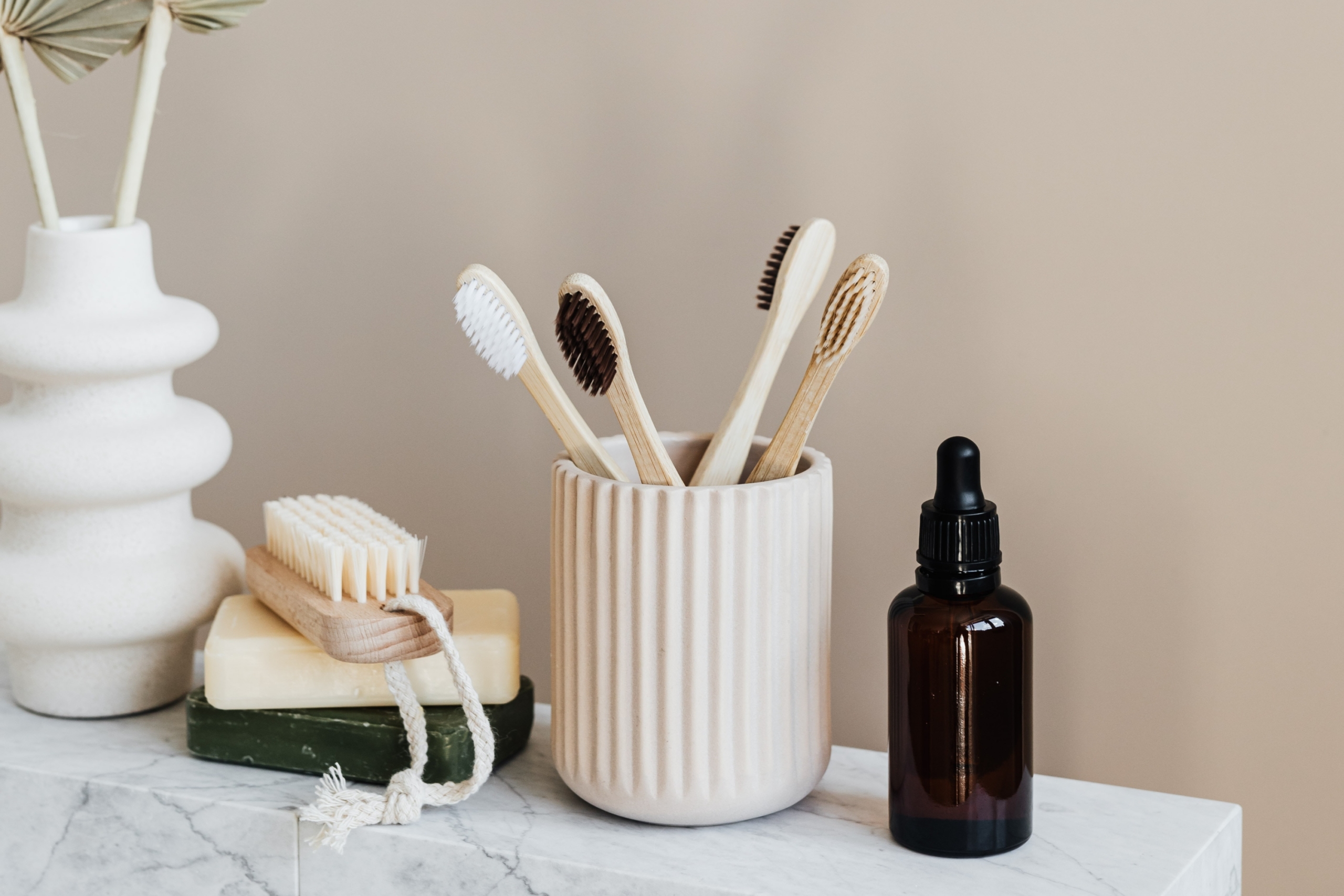The cleaning industry has vastly changed in the past decade regarding our better understanding of the environmental impact we have on our planet. Green cleaning has become a popular aspect of the cleaning industry. It has completely revolutionized the way we approach cleaning our homes.
If you’ve been wondering about this new phenomenon and whether it’s worth the hassle, you’re not alone. Changing your routine is a daunting task. Therefore, we’ve gathered all of the necessary resources to help you decide if green cleaning is something you should try at home.
Basics of green cleaning
Green cleaning focuses on looking into a products’ environmental impact and how you use it to clean your space. Everything from the packaging, chemicals (if any) used in the product, recyclability, and reusability should be considered when selecting the right green cleaning tools.
You may have heard of eco-friendly sponges, nonplastic cleaning tools, and ethical soaps. These are just a handful of products in the green cleaning industry that help you transition your home into a more environmentally conscious space.

What are some good products for green cleaning?
Of course, green cleaning focuses almost exclusively on the product itself. When opting for a new green cleaning tool, soap, or cleanser, you should look for a few key things. Below are some questions you can ask yourself to decide if the item is ethical:
Packaging
- Is the bottle or cleaning tool made of nonrecyclable plastic?
- Is the product wrapped in a flimsy package?
- Can you reuse or recycle the packaging?
Chemicals
- Are the chemicals all-natural?
- Are the products safe for your home and family?
- Is the product ethically sourced?
This section can be particularly challenging to decipher. However, a quick Google search on an ingredient list for any product can yield interesting results. Several sites dive into eco-friendly chemicals in cleaning products and what to avoid. So, if you are unsure about any product, a quick Google search should bring you to a better understanding.
Recyclability
- Can I recycle the packaging for this product?
- Can I recycle the product itself? (like in the case of sponges)
Reusability
- Can I reuse the bottle or packaging of this product?
- Can I reuse this product on a long-term basis?
Products that pass all of these questions can include:
- Reusable sponges by Full Circle Home
- Cleansers in glass jars like those by Earthy Edith’s
- Powder laundry detergent similar to Tru Earth or Meliora
- Scrubbers made of bamboo and recyclable material like Redecker
There are many more than this and so many brands to choose from. EarthHero is a great place to look if you aren’t sure where to start. It’s like the Amazon of green products. It has a cleaning section filled with several brands that promote ethical cleaning tools.
You can also go to your local retail or department store to find several eco-friendly cleaning brands. Once you find something you like, explore all that that brand has to offer!

Benefits
There are many benefits to transitioning to green cleaning products in your home, but we’ll cover a few here.
First, the main benefit of green cleaning is the impact it has on the environment. Often, the chemicals and resources gathered for these products was done ethically with complete intent on protecting the planet and ecosystems. Additionally, utilizing recyclable or reusable packaging cuts back on waste and preserves the longevity of many materials.
The second key benefit of green cleaning is the impact it has on your household. The chemicals and products in green cleaning materials are far safer for you and your family. Ethical brands limit or fully eliminate noxious fumes and focus on using organic ingredients that are safe on your home and your body should you come in contact with the chemicals.
Another benefit of green cleaning is that it saves you money in the long run. Green cleaning encourages the use of reusable products. One example is glass bottles. Some brands allow you to use glass bottles and get refills of the cleaning solutions you need. So, you save money by purchasing the solution only and not a new bottle, as well.
Drawbacks
There a few drawbacks, unfortunately, when it comes to green cleaning. First, there are more ordinary cleaning products than there are green cleaning products. This not only makes finding green cleaning products more difficult, but it narrows down and limits your choice when it comes to different brands and formulas.
Green-washing
Perhaps the most crucial drawback, however, is green-washing. Green-washing is a term that refers to brands that market their products as “green,” “ethical,” or “clean” without upholding the proper standards to meet the criteria for being a green product. Due to this, you’ll have to put more effort into researching brands before purchasing their items.
Thankfully, there are plenty of resources to help you discover if a product is truly a part of the green cleaning community.
Suggestions when making the transition
The best suggestion we have for making the transition to green cleaning is to start small. A good idea is to start by swapping for reusable and recyclable products. Purchase cleaners in glass bottles that can be refilled or reused. Buy biodegradable sponges or cleaning tools that won’t harm the environment. Eventually, you’ll find that green cleaning becomes an easy habit to pick up and often results in a healthier home.


